I wont even lie to you, I haven’t the slightest clue what IPv6 is. Okay, I know it has something to do with the amount of devices connecting to the internet, and that it’s the next generation protocol designed to replace IPv4, blah blah blah. But like CD’s and turbine engines, I just call it black magic and I’m done with it. If you have no idea what I’m talking about, don’t worry. Skip to the video for a better explanation.
But for my extremely techie/nerdy friends, I will tell you that more than a few people are excited that the latest Android 4.0 update for the Samsung Galaxy S2 enabled the feature in their devices. Guess the ‘ol GS2 had it in it all along. This also makes the the GS2 the first official T-Mobile branded device to take advantage of IPv6 on its network (although a few unlocked phones have been IPv6’n for awhile now).
Instructions on enabling IPv6 on your device are as follows: Go into your Settings > More… > Mobile Networks > Access Point Names > T-Mobile US > APN protocol > IPv6 > Press menu key > Save > done. Same steps to switch back to IPv4 as well.
Want to learn more about exactly what the heck IPv6 is? Listen to The Godfather of the internet explain it all in this Google video.
Thanks, Marcus!


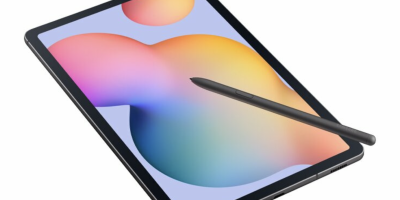
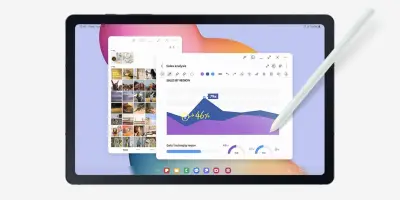


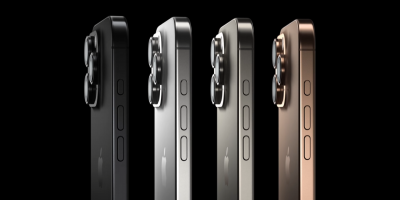

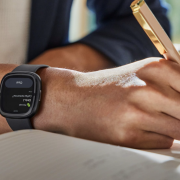
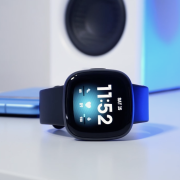

I have the weirdest b*ner right now…
Not that’s amazing all new modern oses include it. Companies are just slow to adopt its use
I’ve got a GNex running on T-Mobile and I’m able to use IPv6 for a while. I’ve been wondering…is there any advantage to doing this? Aside from the obvious ‘cool’ factor, of course! :D
With IPv4, your phone was being assigned an internal-only IP and then being NATed when going out to the Internet. With IPv6, you’re getting assigned a real, routable IPv6 address. This potentially will allow applications with direct peer-to-peer communication (but only when talking to another IPv6 peer).
Note that if you’re going to a IPv4 only website, you’re still being NATed.
There are a handful of applications that don’t work right with IPv6, so in the short term there’s no real advantage and a few disadvantages to choosing IPv6. However, in the long term this will have a significant impact on the future of the Internet. Basically, the huge IPv6 address space makes NAT more or less unnecessary.
Try:
http://ipv6-test.com/
There is a speed test at the top. It will test the difference in speed between IPv4 and IPv6.
In my testing WinXP was about the same v4 v v6
Win7 was v6 being 5x faster.
Linux was v6 being x25 faster.
I am curious what you end up getting on Android on a non-wired network.
Thanks for this!
I ran the test several times and the results seem to be a wash, with IPv6 very slightly beating out IPv4. Generally there was lest than 5% difference in speed. However, sometimes the IPv4 connection was quicker. I’m in a spotty connection area right now (middle of a building). I’ll try it later when my connection is a little better.
Samsung says that IPv6 isn’t available for S2 ICS. I have tried the instructions, but when I click on T-Mobile US, nothing (including APN protocol) is accessible.
x
You may want to have a look at these screen shots to configure it correctly, and be sure to save the APN, select it, and then reboot. https://sites.google.com/site/tmoipv6/screenshot
Same here I cannot access any of the options to change the settings.
This broke my 4G (turning it on to IPv6). But I was able to get it back by turning it to IPv6/IPv4 but then after a little bit I lost 4G again. So I’m back on IPv4 for the time being.
You need to reboot the phone after turning IPv6 on.
It flat out didn’t work for me. I think there are more changes to be done to make it work.
Performed speed test:
8.68 Mbit/s IPv4
8.82 Mbit/s IPv6
I had to reboot my phone after making the changes to get my signal back.
I turned on IPv6 (only, not 6/4) on my Galaxy Nexus and everything worked great except I could not receive MMS messages. I’m on T-mo, the MMS sender is on metropcs. Anyone else seen this? Could have been coincidence but the MMSs came right in when I switched back.
MMS over v6 on T-Mo should now be fixed.